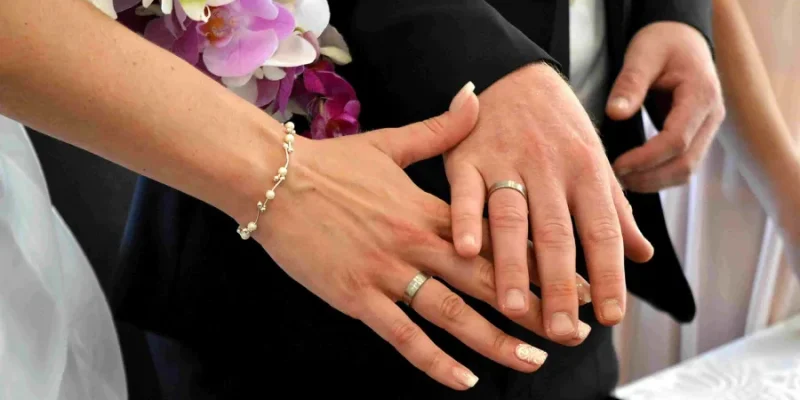When it comes to choosing the perfect engagement ring, many people focus on the brilliance of the stone, the clarity, and the setting. However, one aspect that is often overlooked is the orientation of the stone, especially for those with shorter fingers. This is where the East-West setting, a distinctive approach to mounting elliptical stones horizontally, comes into play. This unique orientation not only adds a touch of sophistication but also has the remarkable ability to enhance the appearance of shorter fingers.
The East-West setting involves placing an elliptical or oval-shaped stone horizontally across the band, rather than the traditional vertical alignment. This seemingly simple adjustment can have a profound impact on the overall aesthetics of engagement rings. By elongating the appearance of the stone across the finger, this orientation creates an illusion of length, which is particularly flattering for those with shorter fingers.
The charm of the East-West setting lies in its ability to combine classic elegance with contemporary flair. Traditionally, engagement rings with oval or elliptical stones have been set vertically, a design that dates back centuries. The vertical alignment accentuates the length of the stone, making it the focal point of the ring. While this style remains timeless and beautiful, the East-West setting offers a modern twist that is both unconventional and captivating.
One of the primary benefits of the East-West setting is its capacity to balance proportions. For individuals with shorter fingers, a vertically set stone can sometimes appear overpowering or disproportionate. The horizontal placement, on the other hand, distributes the stone’s visual weight more evenly across the finger, resulting in a more harmonious and balanced look. This orientation not only flatters the hand but also enhances the stone’s brilliance by allowing more light to enter from different angles.
Moreover, the East-West setting provides a broader canvas for creativity in ring design. Jewelers can experiment with various band styles, from sleek and minimalist to intricate and ornate, without detracting from the stone’s prominence. This versatility makes it easier to personalize engagement rings to suit individual tastes and preferences. Whether paired with a simple solitaire band or adorned with accent diamonds, the horizontally set stone remains the centerpiece, drawing attention to its unique orientation.
In addition to aesthetic benefits, the East-West setting offers practical advantages as well. The horizontal orientation can make the ring more comfortable to wear, especially for those who lead active lifestyles. The lower profile of the horizontally set stone reduces the risk of snagging or catching on everyday objects, ensuring that the ring remains both beautiful and functional.
While the East-West setting is particularly effective for elliptical stones, it can also be applied to other elongated shapes such as marquise or emerald-cut diamonds. Each shape brings its own character and charm to the setting, allowing for a wide range of design possibilities. The key is to select a shape that complements the wearer’s finger and personal style.
In conclusion, the East-West setting is a sophisticated and innovative approach to enhancing the beauty of engagement rings, particularly for those with shorter fingers. By orienting elliptical stones horizontally, this design not only creates the illusion of length but also adds a contemporary touch to a classic piece of jewelry. The versatility, elegance, and practicality of the East-West setting make it an excellent choice for anyone seeking a unique and flattering engagement ring. As the trend continues to gain popularity, more and more couples are discovering the allure of East-West elegance, celebrating their love with a ring that is as extraordinary and individual as their relationship.







Comments